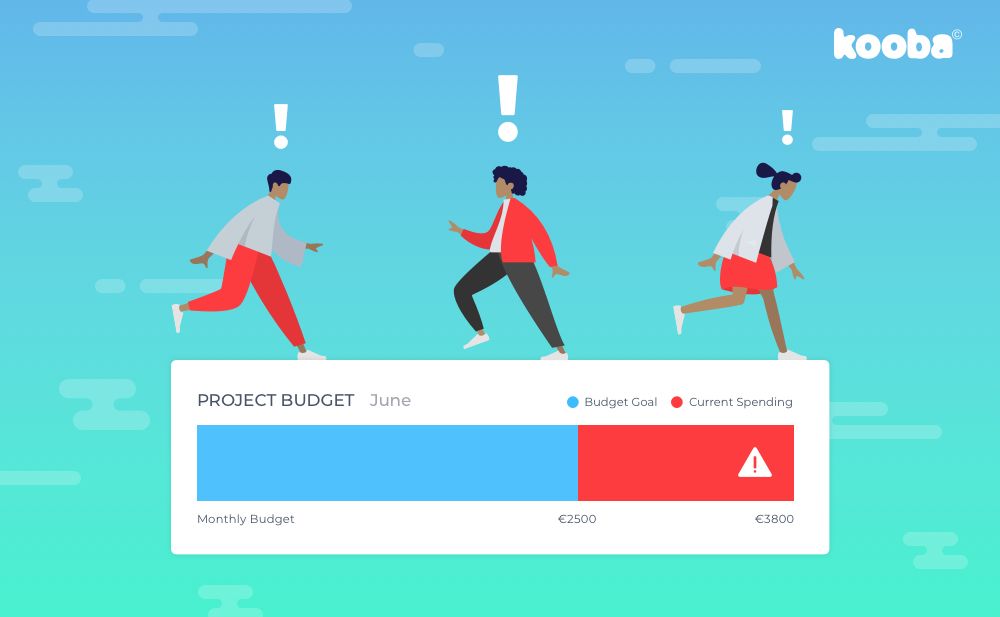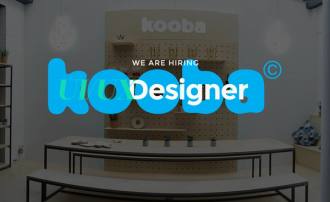Anyone living in Ireland is almost certainly aware of the recent controversy around cost over-runs relating to the new National Children’s Hospital. About €400m worth of them to be precise…
Now I can’t for a moment pretend that I have much advise or expertise to offer anyone embarking on such a major project as a new hospital. But these kind of spiralling costs can happen to any business that doesn’t take care with project scoping and management.
It’s a common fear, probably because it happens all too often. But it doesn’t have to. Ultimately successfully bringing projects in on-time and on-budget depends on controlling your agency and controlling your own internal stakeholders (including yourself). The former, of course, will be a lot simpler if you choose well in the first place.
Choosing the right agency
Before I say anything, let me grant you the right to a certain amount of cynicism when it comes to an agency MD telling you how to choose an agency. It’s a fair cop.
But in my defence, what follows is a sincere appraisal of the best way to avoid getting into a situation where your chosen partner is coming back with demands for more budget when you are half-way through the project.
Let me preface everything by making one thing clear. It is my belief that good agencies are willing to absorb the risk within a project. What that means is that assuming everyone behaves themselves and sticks to the script, if things take longer than anticipated that is our problem not yours.
So before doing anything else, you might want to establish what prospective partners feel about that before proceeding. Then do the following:
- Talk to customers. Most people do this, but they don’t always ask the right questions. One of them should definitely be “was the project completed within the agreed budget?” The answers you get will - obviously - establish how effectively the specific agency controls costs. Don’t be afraid to cold-call into customers that the agency didn’t suggest you contact either (but allow for the fact that you won’t only hear good things)
- Be realistic. As the old saying goes, if it sounds too good to be true, it probably isn’t. Digital design, user experience design, mobile-first development. These are hard skills and rare skills - the kind that tends to be expensive. So be realistic about what you are asking for and how much you expect it to cost. Ask vendors to clearly scope out the project in a proposal, and compare them against each other. That way you can find who is cutting corners - that you will pay for in the future.
- Get a sense of the vendor. Make sure to ask questions about any agency or partner works, what their processes are, and their size and scale. Ultimately some of this is a judgement call, but you are looking for an organisation that is large enough to absorb risk (ie not two teenagers in a garage) and culturally willing to do so. In other words, an agency with a track record of working with hard-nosed private sector businesses that don’t write cheques for fun.
Managing the project
Even if you choose the right agency, things can go wrong. Worse again, you are more likely to find the guilty party in the mirror than anywhere else. Every project manager knows that holding a firm line is the secret to success. In practice, that looks something like this:
- Measure twice, cut once. Some clients can be frustrated at the need for stakeholder interviews, workshops, user research and so on. But “we know what we want” is usually code for “we’ll figure out what we want as we go” - and that doesn’t end well. Take the time to ensure you understand the requirements, and agree on a direction. Encourage any agency that wants to do that with you. Make it clear that the time to speak is in the planning stage - not when signing off the site a week before launch.
- Control your stakeholders. I’ve said it before but I will say it again: great design is only possible when we make hard decisions - and stick to them. Particularly when it starts to become clear that something beautiful is about to be delivered, everyone wants a piece of the action. Some in-flight changes are always possible, but it is imperative that scope-creep is avoided. If it cannot be, then work with your agency to clearly scope additional work rather than approach it piecemeal.
- Get into a long-term relationship. It becomes easier to handle increasing demands if you commit to a relationship with your vendor. You can reassure your internal stakeholders that further discrete projects can be delivered after launch, and they will have the benefit of being informed by the results and feedback received post-launch. If there’s a sense that this isn’t an ‘in and out’ job, you are more likely to be able to make that approach stick.
Of course nobody can ever truly guarantee that a project will always come in on budget. But if you choose your agency carefully and keep a close eye on your project - there really is no excuse for allowing it to happen.









